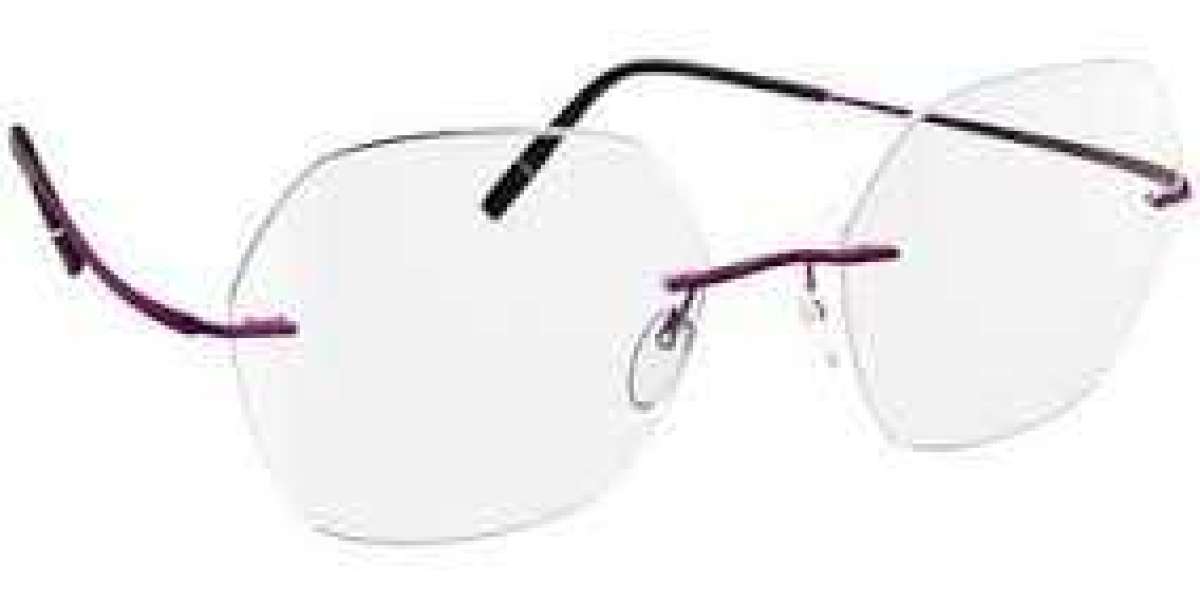When you have to go outside in the hot sun, in addition to applying sunscreen, you should also protect your eyes. The most direct way is to wear sunglasses, but how to choose sunglasses? Can children wear childrens glasses? Come and see!
How to choose the right pair of sunglasses
Wearing sunglasses is mainly to block strong light and isolate ultraviolet rays, so good sunglasses should have the function of blocking strong light, shielding ultraviolet rays, no parallax or as little color difference as possible.
Lens selection
- Dye the lenses
This is the most common and relatively inexpensive one. Different colors of the lens, the functional difference is not very big, you can choose according to your preferences. If it is really difficult to choose, then simply choose gray, because gray is a better universal color, while reducing the brightness of the light, the color distortion is relatively small.
- Color-changing lenses
The biggest advantage of color-changing lenses is that you only need to wear the same pair of glasses indoors and outdoors, which is very convenient for people who need to wear mirrors themselves.
- Polarized lenses
Polarized lenses are currently recognized as the most suitable for driving lenses, other such as riding, skiing, fishing and other outdoor activities are also suitable for wearing polarized lenses.
- Anti-ultraviolet function
Sunglasses with anti-ultraviolet function are generally clearly marked, such as "100%UV absorption", "UV400", "UV" and "anti-ultraviolet".
(1) Marked "100%UV absorption" means that the lens has 100% absorption of ultraviolet light;
(2) Marking "UV400" indicates that the lens can block ultraviolet light with a wavelength below 400 nanometers;
(3) The label "UV" and "anti-ultraviolet" means that the lens can only block ultraviolet light below the wavelength of 380 nanometers.
Generally speaking, in terms of the effect of UV protection, "100%UV absorption" "UV400" "UV" "UV protection".
Degree selection
If you are not nearsighted or already wearing contact lenses, then the sunglasses are 0 degrees. If there is a need for diopter, it is recommended to test according to your own degree after medical optometry.
Frame selection
It is generally necessary to choose the right frame according to the pupil distance and face shape size. Many people like large-frame sunglasses, but large-frame sunglasses are likely to have inappropriate pupil distance, and may also cause eye pain, dizziness and other discomfort because the frame is too heavy.
Don't choose sunglasses that are too dark to avoid blurred vision and falling down...



